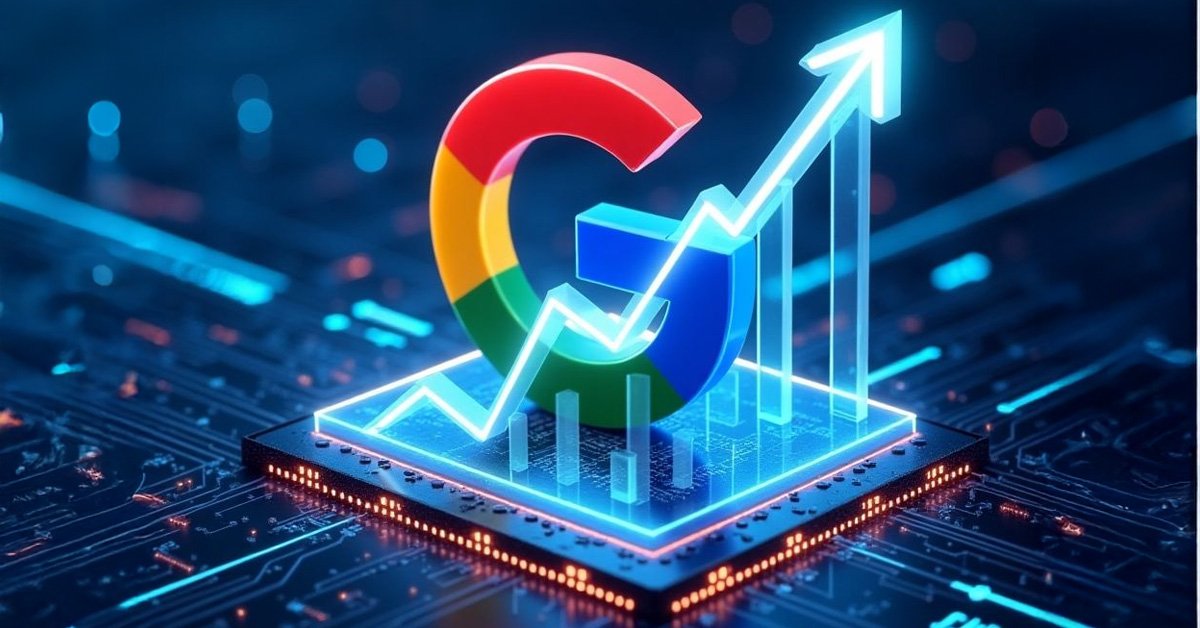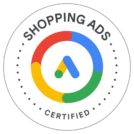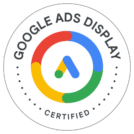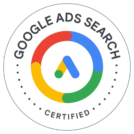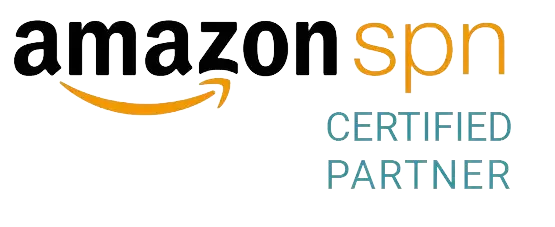To stay ahead in the world of digital marketing, which is always changing, you have to be open to new ideas. You can now get a set of new creative and mobile tools from Google Ads that will make your ads much more effective. These changes, which were announced in early 2025, are meant to help marketers make ads that are more interesting, reach people across multiple channels more easily, and get a better return on investment (ROI). This guide tells you everything you need to know about how these changes will affect your Google Ads plan.
Whether you’re a small business owner just starting out with pay-per-click (PPC) or an experienced marketer managing multimillion-dollar budgets, these tools have features that will change the game. Let’s talk about what they are, why they’re important, and how to get the most out of them.
What are Google Ads’s new creative tools?
The newest creative tools from Google are all about automation and personalizing. This means that you don’t need a huge design team to make ads that get great results. Asset Generation is the most important feature. It uses AI to make unique images and text based on your campaign goals.
Imagine that you upload a simple picture of a product, and Google makes versions of it that are better for different groups of people. A lot of powerful machine learning is used by this tool to find headlines, explanations, and even video clips that match popular search requests. Click-through rates (CTR) have gone up by up to 20% for early users of these changeable assets.
Creative Studio Enhancements is another great one. Now that it’s built right into Google Ads, this lets people work together on ad creatives in real time. Within the tool, marketers can A/B test things like colors, styles, and calls to action (CTAs). You don’t have to send files to other programs anymore—everything is done in one place, which saves hours of work time.
The Video Asset Builder is great for people who want to post videos. It automatically cuts together short videos from movies you already have, making them work best on sites like YouTube Shorts and TikTok. This tool makes sure that your video ads stand out in a feed that is already full of them. By 2026, video ads are expected to bring in $200 billion around the world.
These new ideas aren’t just fancy extras; they’re backed by Google’s Performance Max campaigns, which now use generative AI to guess and make winning ad combinations.
Looking into Omnichannel Tools: Advertising that works across all channels
Omnichannel marketing has been a trend for a while now, but Google’s new tools make it possible. The most important thing here is Omnichannel Campaigns, a single platform that links Google Ads to YouTube, Search, Display, and even channels from outside of Google, like Gmail and Discover.
You can start a single campaign that changes its message for each touchpoint thanks to this interaction. For example, a person who searches on Google for “best running shoes” might later that day see a customized display ad on YouTube and then later that same day get a personalized email promotion through Gmail. Cross-Channel Insights have been added to attribution tracking to give a more complete picture of the customer journey.
Key benefits include:
Unified budgeting: Share money between channels without separating them, making the best use of spending in real time.
Audience Syncing: Move advertising lists between platforms without any problems so that ads are highly focused.
Performance Forecasting: Predictions made by AI about how retail tactics will work before they go live.
Google’s own data shows that businesses that use digital strategies have 30% better sales rates. Now that cookies aren’t used, these tools depend on privacy-safe signs like first-party data and contextual tracking to keep working.
Why these changes are important for your Google Ads strategy
People switch between apps, websites, and gadgets all the time, making the digital world messy. These holes are filled by Google’s new tools, which make it possible for real digital experiences that feel like a whole and not like a sales pitch. This means that e-commerce brands will have fewer carts that are left empty and better lifetime value (LTV).
Account-based marketing (ABM) connections are emphasized, which is good for business-to-business marketers because they let creative tools make custom assets for high-value prospects. Plus, these features make it easier for small businesses to start using complex advertising, which gives them an edge.
Also, iOS has changed privacy settings and third-party cookies are no longer being used. Google’s focus on AI and first-party data ensures compliance while increasing relevance. By late 2025, these tools should have changed even more, adding more AR/VR features.
What you need to do to use these tools in your campaigns
The process of starting is easy. To get to the “Tools & Settings” page, log in to your Google Ads account. Turn on Asset Generation in the Creative area. Test it out on just one campaign to begin with.
To set up omnichannel:
Choose “Omnichannel” mode when you make a new Performance Max campaign.
Publish your files and let AI suggest ways to make them better.
Watch through the new “Insights” tab and make changes based on data from across channels.
Tip: These can be used with Google Analytics 4 to get a more in-depth look at your path. Test things out with 10–20% of your budget to see if they work before you start spending more.
What’s Next for Advertising with Google Ads
As we move into the middle of 2025, Google’s push toward creative automation and digital unity shows that things are changing: ads are becoming smarter and more focused on the customer. You can be creative on a large scale with these tools, not just in your spare time.
Working with professionals like CoTask Marketing Agency can make all the difference for companies that want to use these tools but don’t want to spend time learning how to use them.
CoTask is an expert at using cutting-edge tools like Google Ads to create ads that are both personalized and effective. As new trends come out, their team makes sure that your business gets the most out of tools like Asset Generation and Omnichannel Campaigns to get the best return on investment (ROI). CoTask’s data-driven method can help you improve your advertising, whether you need a full PPC makeover or just some strategy advice.
Are you ready to improve how well your Google Ads work? Jump in today and see how well your efforts do. Which do you want to do first: try out some new creatives or start a digital blitz? Let us know in the comments!

